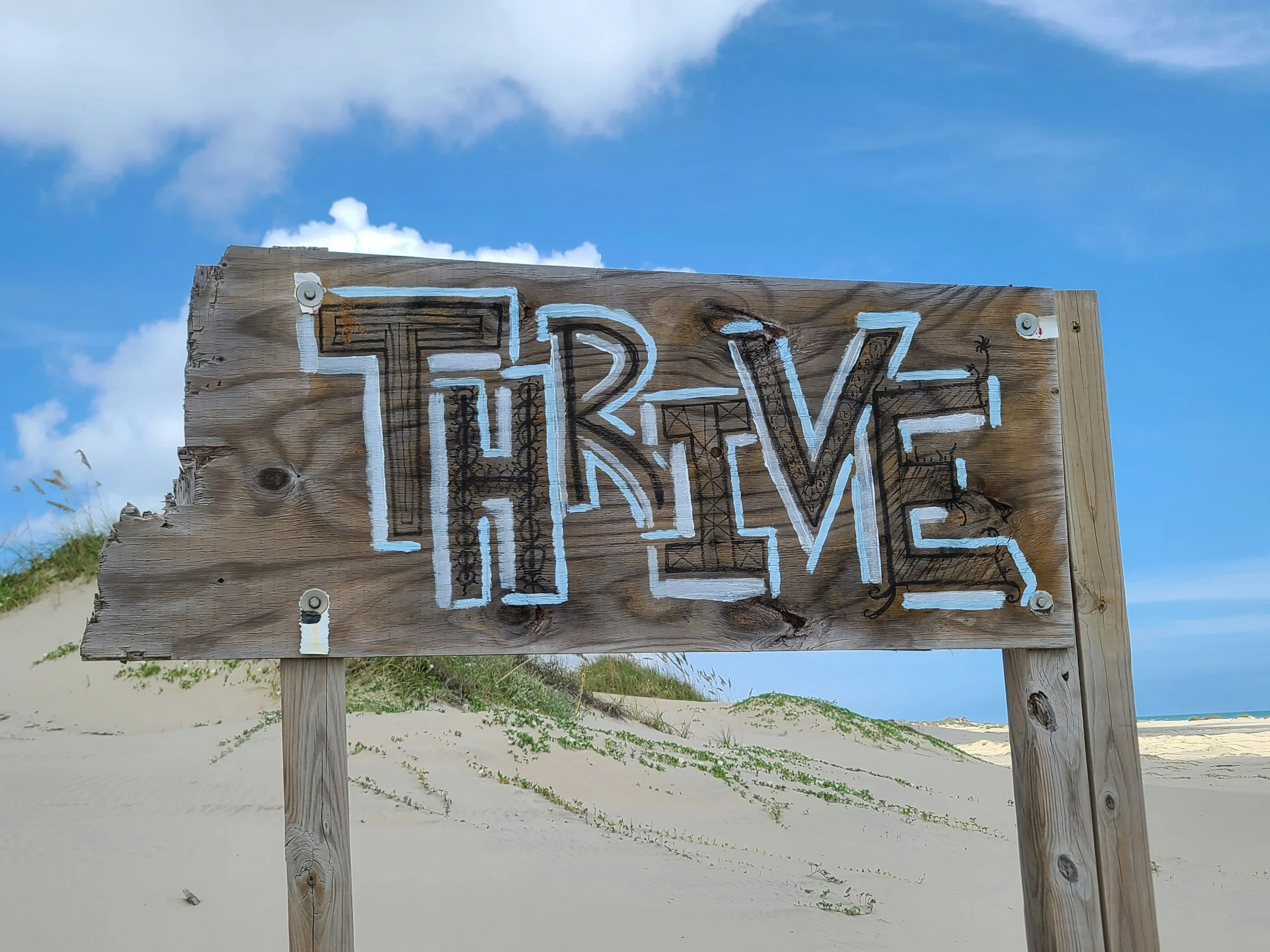The Ripple Effect of Inspirational Teaching: Teachers Who Inspire Future Educators
Published 7 November 2024
(In Ep #0 of the Professionall Pathways Podcast | Cal’s Journey into Teacher Education)
“As the child of a teacher, I was definitely a teacher’s pet. So, I have many many favorite teachers from grade school. Madame Locke in high school was very influential of course. So was Mrs. Fisher, my freshman year English teacher. She always met us at the door with a firm handshake and direct eye contact and a big smile. Every day, I knew she was going to be out there and it was a fantastic way to start every class with her. She showed every single one of her students that she was there for them and that she saw them and that she was here to participate in their education. She really left a huge positive impact on me in so many different ways.”
The impact of a great teacher doesn’t stop at the classroom door. Some teachers inspire their students so profoundly that they choose to follow in their footsteps, becoming educators themselves. This ripple effect, where one teacher’s passion and connection spark a lifelong commitment in others, highlights the transformative power of creating a safe, inviting, and student-centered classroom.
The Power of Connection
At the heart of inspiring future teachers is the ability to connect with students on an individual level. Research consistently shows that students thrive in classrooms where they feel seen, valued, and supported. According to Pianta and Hamre (2009), positive teacher-student relationships are linked to better academic outcomes and increased engagement, especially in students from marginalized backgrounds.
Inspiring teachers foster these connections by creating a classroom culture that emphasizes respect, empathy, and belonging. As Maya Angelou once said, “I've learned that people will forget what you said, people will forget what you did, but people will never forget how you made them feel” (Angelou, 1993). This wisdom rings especially true in education, where emotional resonance can motivate students to pursue teaching careers of their own.
Inspirational teachers also excel at creating a safe and inviting learning environment. According to Maslow’s hierarchy of needs, students must feel safe and secure before they can achieve higher levels of learning and self-actualization (Maslow, 1943). Teachers can accomplish this by:
Building Trust: Greeting students warmly, setting clear expectations, and consistently enforcing classroom norms.
Emphasizing Inclusivity: Celebrating diverse perspectives and fostering an atmosphere where every student feels valued.
Encouraging Participation: Designing activities that give every student a voice, such as peer discussions, journaling, and group projects.
The Ripple Effect in Action
Some of the most renowned educators credit their career choices to the teachers who inspired them. For instance, Dr. Rita Pierson, an educator and TED speaker, spoke often about how her teachers made her believe in her potential. In her famous TED Talk, she remarked, “Every child deserves a champion–—an adult who will never give up on them, who understands the power of connection and insists that they become the best that they can possibly be” (Pierson, 2013). Many teachers today cite her words as their inspiration for entering the profession.
Conclusion
When teachers connect deeply with their students and create classrooms where they feel safe and valued, they often spark something extraordinary: the desire to teach. This ripple effect, where inspired students grow into inspirational educators, ensures that the best practices of today’s classrooms continue to influence generations to come.
By prioritizing connection, creating safe spaces, and leading with empathy, teachers don’t just change lives—–they create legacies. And perhaps the greatest testament to a teacher’s impact is seeing their students choose to carry the torch of education forward.
Discussion Question
What did your own grade school teachers or college professors do in their classrooms that you try to emulate in your own classroom?
Related Posts
-
Angelou, M. (1993). Wouldn’t take nothing for my journey now. Bantam.
Maslow, A. H. (1943). A theory of human motivation. Psychological Review, 50(4), 370–396. https://doi.org/10.1037/h0054346
Pianta, R. C., & Hamre, B. K. (2009). Conceptualization, measurement, and improvement of classroom processes: Standardized observation can leverage capacity. Educational Researcher, 38(2), 109–119. https://doi.org/10.3102/0013189X09332374
Pierson, R. (2013). Every kid needs a champion [TED Talk]. TED Conferences. https://www.ted.com/talks/rita_pierson_every_kid_needs_a_champion




